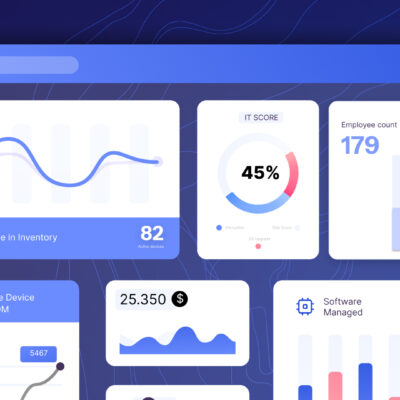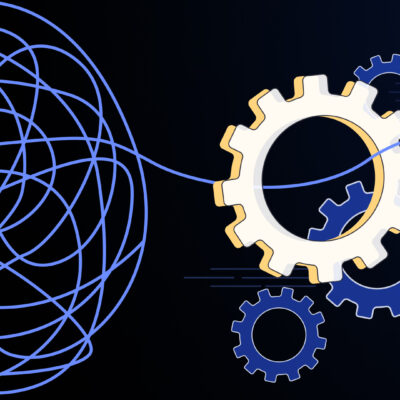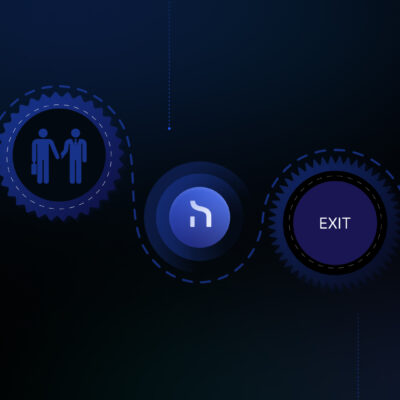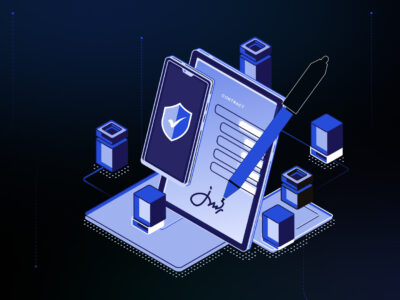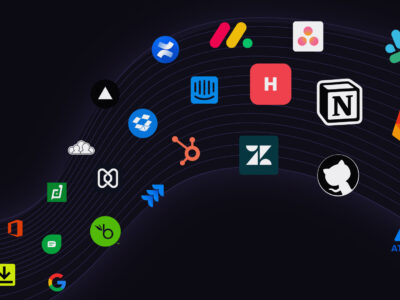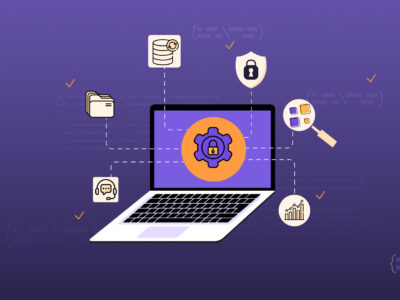8 Things to Consider When Procuring Devices for Your Team
Buying devices for your team can be a stressful task, whether you choose to upgrade your office equipment or buy devices for a new hire. It can seem impossible to purchase the best devices for your team due to varying software and job requirements, personal preferences, and space and cost factors.
However, the procedure doesn’t have to be difficult and can potentially help your organization become more cost-effective and productive. In actuality, choosing the technology you employ is a crucial aspect of running a successful organization. Follow this guide to know the considerations needed to make the best decision for procuring company devices.
1. Job Responsibilities

Identifying what needs to be done and who needs to do it is the first step in buying new devices for your team. The specifications for each computer in some businesses, such as law firms and hospitals, will be substantially the same without any significant variations. Since you can group all employees into one category, the purchase procedure is considerably easier and each employee will have demands that are essentially the same. Other businesses, like printing, engineering, or architecture firms, may have radically different requirements.
An incredibly powerful computer that can handle the newest drawing software is required for a graphic designer. It would be an unwise use of money to purchase such a powerful laptop for a secretary who only uses email, word processing, the occasional spreadsheet, and a web browser.
If your workforce is mobile, take into account the display’s weight, size, and whether they will require 4G access when out in the field. Some employees might require a tablet-style device for presentations or a touch screen for gathering signatures. Consequently, determining how many broad job categories exist in your organization that necessitate separate device purchases is the first step in choosing the ideal one.
2. Features

Make a list of the crucial characteristics that your company utilizes frequently before you start your search. There will probably be a variety of options for each product. Confirm that your list and the features of the product are compatible.
For instance, you must ensure that each new printer you buy includes a mobile printing option if your team frequently prints documents from mobile devices. However, if all of those documents are rather straightforward, it might not be crucial for you to spend a lot of money on a device with complex features like color printing.
3. Speed and Effectiveness

The speed and performance of the majority of physical devices are controlled by the processor, also known as the CPU. Your computer or hardware device can operate more quickly the more processing power it has. Higher processing power enables your device to tackle heavier loads and more challenging tasks.
Certain CPU subtypes are designed for specialized, high-performance tasks like gaming or video editing. However, a modern CPU with respectable core counts and clock rates will typically be adequate for routine corporate operations. Consider working with an IT professional to assess your company’s needs and identify the right devices.
4. Storage

Computers and thumb drives are only two examples of the many hardware devices that are impacted by storage and memory. This essentially refers to the volume of data that a gadget may store for your access and use. Storage is necessary for everything, including simple documents and images as well as sophisticated programs and apps. Performance might also be impacted by the quantity of storage you have. Your device may operate more slowly the closer you are to your storage restrictions. Thus, speed and storage are frequently complementary.
Think about how much space you actually need before purchasing new hardware. If possible, look at the data you have stored on your present device and the amount of data that you would need for any additional software or programs. To supplement the storage on your primary computing devices, you can also use extra hard drives and cloud storage. Gigabytes or Terabytes are typically used to assess storage capacity.
Read more about the 5 Best Practices for Cloud Management.
5. Common Software Used

It’s time to start figuring out what kind of hardware each broad group requires. The first step is to create a list of the software that each group of people uses frequently. The simplest approach to do this is to just ask your team about the apps they use and how frequently they use them.
Even if your team uses a high-end application, it might not be worthwhile to purchase a computer capable of running it if they only use it minimally. Weigh the costs and benefits of each and how it aligns with other considerations, especially your budget. This procedure is also a great opportunity to assess your future software requirements.
Employees may have ideas or needs for software that you don’t already use but that would greatly simplify their work and increase productivity. When creating your list of common software, take them into account.
6. Mobility

Even if you don’t telecommute, there’s a decent possibility that you’ll occasionally need to view work files from a location other than your desk (e.g. business trips, emergencies, etc.).
The devices you select can have a significant impact on your team’s capacity for remote work or daily mobility. Laptops are preferable to desktop computers if you need to be mobile while working. If you require access to your data from other locations, you can consider purchasing a thumb drive or a small external hard disk. Also consider the varying weights of different phones and laptops when moving around.
7. Budget

A study in 2019 showed that small firms spent 41% of their IT budget on hardware. The majority of that is spent on servers, laptops, and desktop computers. Even less expensive acquisitions like telephone systems and printers can also pile up.
Because hardware is undoubtedly pricey, it’s crucial to assess the above requirements (i.e. speed, storage, key features) before purchasing. Be cautious of price aberrations as well. The last thing you want to happen is to spend money on new devices just to have them malfunction after a few months. There are various solutions that can enable you to save money such as purchasing used or refurbished devices. However, make sure you do your homework and purchase from a reliable source. For large purchases, look for choices that include a warranty to safeguard your investment.
8. Future Proofing and Warranty

Create a set of requirements once you have a list of the common software programs that your team utilizes. Your IT department or IT solutions provider like ZenAdmin can be a huge help. Write down the most stringent system requirements for each piece of software on your needed software list. This may entail combining the RAM specifications from one piece of software with the video card specifications from another.
Next, match your lists with the device specifications. To avoid an upgrade next year, you also need to decide how much future-proofing you want to accomplish at this stage. Some computers rarely need to be upgraded; for example, the specifications for large office suites haven’t changed all that much in recent years and aren’t likely to in the near future. Conversely, specialized software like graphics and video require significant updates every few years.
Warranty support is another key factor. A minimum 3-year on-site guarantee that is valid the following working day is recommended for commercial PCs. Even though modern computers are dependable, they still malfunction when you least expect them.
Make IT Easy With ZenAdmin

ZenAdmin makes device procurement easy! All you have to do is submit a request to our team. Once submitted, they’ll handle vendor communication, order placement, delivery, device setup, and more. Not sure which devices to get? The ZenAdmin team can give you recommendations with options that fit your budget, brand, and functionality preferences.
ZenAdmin partners with premium brands and suppliers who stock the latest models to ensure that your team is perfectly equipped to work to the best of their ability. This also means that they can handle all delivery and shipping issues while still offering competitive rates. Book a free demo session today!
Already got your devices? Read up on our 8 Effective Tips to Manage Your Device Inventory.

